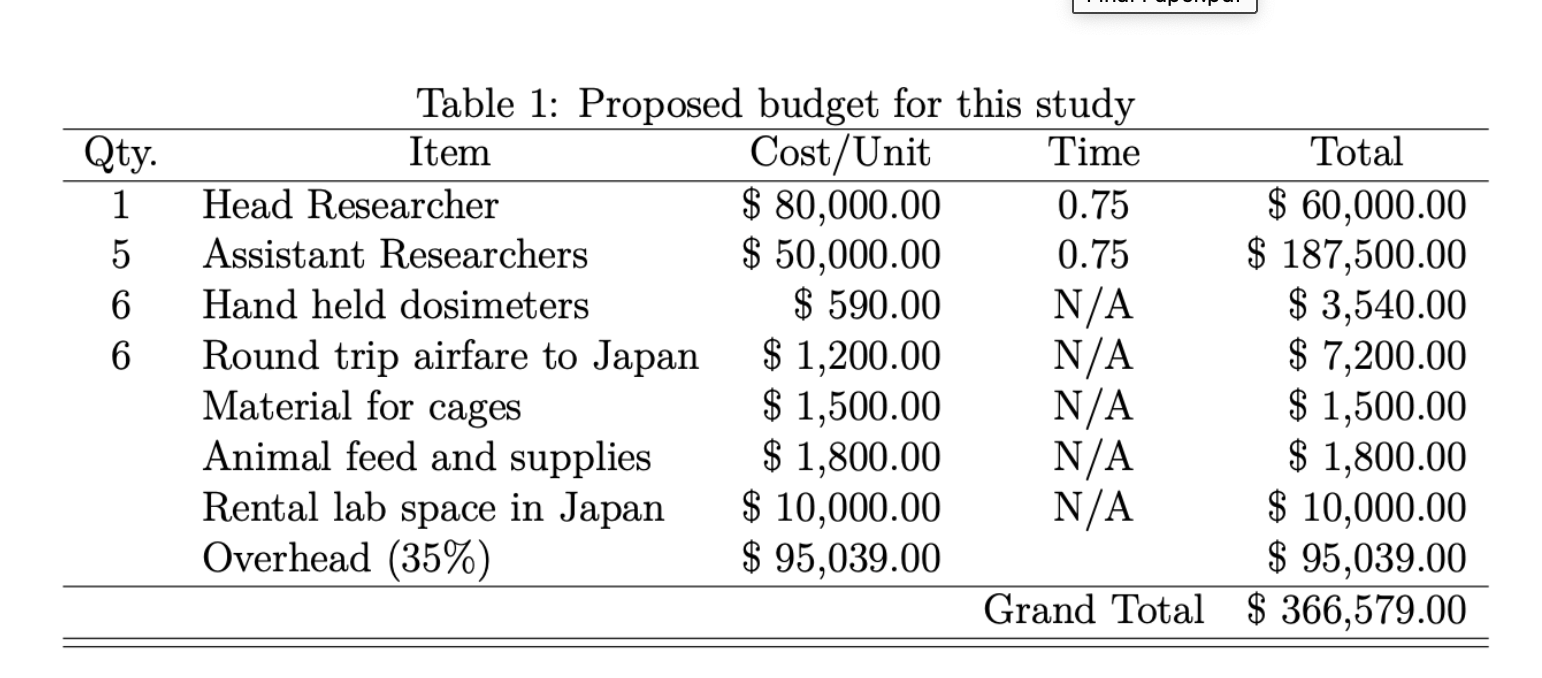One huge difference individuals can make in the kinds of chemicals we are all exposed to is by commenting directly on the EPA Public Comments site. Often, the automatic comments sent through activist sites like the Environmental Defense Fund are not counted in the total number of comments because they are seen as copy and paste. It's best to actually write your own argument for tighter regulation of chemicals. We have the power to make a difference -- but only through real effort.
Here are my comments on two issues:
Frank Lautenberg Act: https://www.regulations.gov/document?D=EPA-HQ-OPPT-2016-0658-0001
EPA-HQ-OPPT-2016-0658: Environmental Chemicals
Jean-Marie Kauth, PhD
January 14, 2017
Please support the EPA's efforts to bring the New Chemicals Review Program into compliance with the Lautenberg Act, under Docket ID EPA-HQ-OPPT-2016-0658.
One of the gravest threats to human health, and particularly to the health of children, is the lack of oversight and indiscriminant use of toxic chemicals. There are currently more than 80,000 synthetic chemicals on the market in the U.S., very few of which have ever been tested for safety, much less tested with a method that reproduces the way we are exposed to them: in combination and over whole lifetimes. Every baby now born is born contaminated with hundreds of toxic chemicals, and many of the greatest disease killers of modern life are associated with this life-long exposure. I know because my own daughter died of leukemia we have every reason to believe was caused by exposure to mosquito spraying with chlorpyrifos, a highly toxic organophosphate, without our knowledge or permission. Katherine was diagnosed at 4 and died at 8. It is no exaggeration at all to say it ruined our lives.
The CDC Biomonitoring Project tracks the body burden of Americans, measuring levels of 212 different environmental chemicals that are of concern because they are likely carcinogens, mutagens, neurotoxins, endocrine disruptors, or all of the above (2009). Abundant evidence shows that many of these chemicals are correlated with increases in disease in both children and adults: cancer, autism, ADHD, lower IQs, birth defects, asthma, auto-immune disease, diabetes, and obesity (EPA 2016a; PANNA 2016). The President’s Cancer Panel (PCP 2010) estimates that a much higher proportion of cancers than previously identified are caused by environmental factors, and the American Academy of Pediatrics (AAP) has identified pesticides as a major contributor to childhood cancers and neurocognitive defects (2012). Many of these health effects disproportionately affect minority and low-income communities, particularly those exposed to industrial pollution (EPA 2016a).
Under the Toxic Substance Control Act (TSCA), all chemicals at the time were grandfathered in, and the standards for banning chemicals were so high that only six substances were ever successfully banned, and the ban on asbestos was overturned in court. Even known carcinogens, mutagens, and neurotoxins can be produced and sold if there is some economic benefit shown, a low bar for the Chemical Industry to clear. The Frank Lautenberg Chemical Safety for the 21st Century Act passed both houses with bipartisan support and was signed into law by President Obama June 22, 2016 (EPA 2016b), and it recognized a growing realization that unregulated environmental contaminants pose an enormous public health threat. Unfortunately, it is not always enough to pass laws that support regulation – further work is needed. The New Chemical Review Program is one policy by which the act can be put into practice, but with pushback from the chemical industry and the new administration’s antipathy towards regulation of any kind, and environmental regulation most particularly, any positive practical action needs vehement support.
The bipartisan support for the Lautenberg Chemical Safety for the 21st Century Act was quite notable given how divided our government has become, particularly on environmental issues. It could be that educational campaigns by activist groups, as well as the soaring rates of diseases like autism and cancer, are persuading people that regulating chemicals is essential to protecting the lives of those they love. The chemical industry has huge influence over the general public, as well as powerful, sometimes unethical, sway over the regulatory agencies that are meant to police it. Please resist such influence, for the sake of our children. The interchange among industry, lobbyists, and regulatory agencies has been popularized by credible documentaries like Food, Inc (Kenner 2008). Supporting policies that regulate and restrict indiscriminate use of toxic chemicals on the federal, regional, and local level is essential and may well have lasting and extensive effects on the health of the population, just as the lack of regulation and the increasing use of toxic chemicals has done in harming human health in the last few decades. Included among the tragic numbers of prematurely dead is my eight-year-old daughter, Katherine, who wanted more than anything to finish learning cursive, swim outside with her brother, adopt a baby so she could watch it grow, and live to be an old lady.
References
American Academy of Pediatrics (AAP). (2012). Statement on pesticides. Pediatrics 130 (6). Retrieved from http://pediatrics.aappublications.org/content/130/6/e1757
The Centers for Disease Control and Prevention (CDC). (2009). Fourth national report on human exposure to environmental chemicals. Retrieved from https://www.cdc.gov/exposurereport/pdf/fourthreport.pdf
Environmental Defense Fund. (2016). How the Lautenberg Act fixes TSCA problems. Retrieved from http://www.edfaction.org/campaigns/toxic-chemicals/how-lautenberg-act-fixes-tsca-problems
Environmental Protection Agency (EPA). (2016a). Children’s environmental health facts. Retrieved from https://www.epa.gov/children/childrens-environmental-health-facts
Environmental Protection Agency (EPA). (2016b). The Frank R. Lautenberg chemical safety for the 21st century act. Retrieved from https://www.epa.gov/assessing-and-managing-chemicals-under-tsca/frank-r-lautenberg-chemical-safety-21st-century-act
Kenner, R., Dir. (2008). Food, Inc. Eric Schlosser & Michael Pollan.
Midwest Pesticide Action Center (MPAC). (2016). Maintaining healthy parks. Retrieved from http://midwestpesticideaction.org/what-we-do/maintaining-healthy-parks/
Pesticide Action Network North America (PANNA). (2016). Kids on the frontline: How pesticides are undermining the health of rural children. Retrieved from https://www.panna.org/sites/default/files/KOF-report-final.pdf
President’s Cancer Panel (PCP). (2010). Reducing environmental cancer risk: What we can do now. U.S. Department of Health and Human Services. Retrieved from http://deainfo.nci.nih.gov/advisory/pcp/annualReports/pcp08-09rpt/PCP_Report_08-09_508.pdf
UIC School of Public Health. (2016). The Great Lakes center for children’s environmental health. UIC School of Public Health. Retrieved from http://www.glrppr.org/contacts/org_view.cfm?orgid=300
CHLORPYRIFOS: https://www.regulations.gov/comment?D=EPA-HQ-OPP-2015-0653-0402
It was with horribly mixed feelings that I hailed the possible end of chlorpyrifos, the pesticide that killed my beloved daughter Katherine. Of course it is good that we will not be poisoning our children in this one particular way in future. But saying “hurrah, we are poisoning fewer children” feels a lot like a celebration of the damning question, “Have you stopped beating your wife?” “Have we stopped poisoning our children?”
The answer is no. Chlorpyrifos is a horrible chemical, both acutely toxic, as I know first-hand from my own exposures, and a chronic cause of cancer, ADHD, lower IQs, birth defects, autism, and the list goes on. It is no exaggeration at all to say that it has affected most children to one degree or another, and particularly those of my children’s generation. One billion pounds of pesticides are used every year in the U.S., over 6 million pounds of it chlorpyrifos. An estimated one in four children has lost IQs points to chlorpyrifos. In a study that measured the effects of chlorpyrifos on IQ, the children in the top 20% exposed were 7 IQ points lower than those in the lowest quintile, and these children were not at zero (Bouchard et al. 2011). Normal is 100; genius is 130. Exposures like these have shifted the entire intelligence curve significantly to the left. So don’t blame educators if this generation seems dimmer than the previous one. And don’t blame the kids. In a study of chlorpyrifos exposure through food, every child on a conventional diet showed metabolites of the pesticide in their urine; after just two weeks on an organic diet, those levels declined to non-detectable levels (Lu et al. 2006). Even very low levels affected children’s brains, and abundant evidence testifies to the fact that chlorpyrifos has been responsible for many children dead or ill from cancer (PAN 2013; AAP 2012; Rauh et al. 2011; Rull et al. 2009, Eskanazi 2007; Zahm and Ward 1998), many children forever changed by autism or ADHD (Shelton et al. 2014; de Cock et al. 2012; Grandjean and Landrigan 2006).
Chlorpyrifos is only one chemical in the family of organophosphates. And organophosphates are only one family in the slew of toxic chemicals we are heedlessly pouring into our bodies and the environment, which are, we have found, basically the same thing. Everything is connected, as Pope Francis has cogently reminded us.
The European Union (EU) has completely different laws regulating pesticides. Their new theory is that it is the people, not the chemical companies, who need to be protected. Chemicals should not be presumed innocent until proven guilty, considering the obvious fact that many of them do indeed cause terrible harm; instead that privilege should be accorded to the real innocents, who should be protected against chemicals unless there is some reason to believe that the substances to which they are unavoidably exposed are NOT harmful.
It is great if my letter and the letters of all those parents of dead children, and the letters of all the hard-working scientists FINALLY make a difference. The EPA could have chosen to do so on June 6, 2000, when they put limits on chlorpyrifos, banning its use in daycares, malls, nursing homes, and schools. We remember that day and thought for a while our family would be protected then. But the EPA didn’t institute a full ban, allowing reserves to be used, allowing continued use in agriculture, pest control, and we found to our harm, mosquito spraying. And now it is too late for all those dead children. It is far too late for our daughter Katherine. She was perfectly beautiful, deeply loving, and absolutely brilliant – the most brilliant person I ever knew. And she died a slow, miserable death at the age of eight because a chemical company wanted to make money and our political system did not have the political will to protect our children. And Katherine was just one of many.
If the ban goes through, and it must, there has been a victory for right, but we are still losing the war for our children’s health.
References
American Academy of Pediatrics. 2012. Policy statement: Pesticide exposure in children. Pediatrics 130(6):e1757-e1763. Available at http://pediatrics.aappublications.org/content/130/6/e1757.full
Bouchard MF, Chevrier J, Harley KG, Kogut K, Bedar M, Calderon N, Trujillo C, Johnson C, Bradman A, Barr DB, Eskenazi B. 2011 Aug. Prenatal exposure to organophosphate pesticides and IQ in 7-year-old children. Environ Health Perspect 119(8): 1189-1195.
de Cock M, Maas YGH, van de Bor M. 2012. Does perinatal exposure to endocrine disruptors induce autism spectrum and attention deficit hyperactivity disorders? Review. Acta Pædiatrica 101:811-818.
Eskenazi B, Marks AR, Bradman A, Harley K, Barr DB, Johnson C, et al. 2007. Organophosphate pesticide exposure and neurodevelopment in young Mexican-American children. Environ Health Persp 115(5):792-8.
Grandjean P, Landrigan PJ. 2006. Developmental neurotoxicity of industrial chemicals: A silent pandemic. Lancet 368:2167-2178.
Lu C, Toepel K, Irish R, Fenske RA, Barr DB, Bravo R. 2006. Organic diets significantly lower children’s dietary exposure to organophosphorus pesticides. Environ Health Perspect 114(2):260-263.
Pesticide Action Network (PAN). 2013. A generation in jeopardy: How pesticides are undermining our children’s health & intelligence. Available from http://www.panna.org/publication/generation-in-jeopardy
Rauh V, Arundjadai S, Horton M, Perera F, Hoepner L, Barr DB, et al. 2011. Seven-year neurodevelopmental scores and prenatal exposure to chlorpyrifos, a common agricultural pesticide. Environ Health Perspect 119:1196-1201.
Rull RP, Gunier R, Von Behren J, Hertz A, Crouse V, Buffler PA, Reynolds P. 2009. Residential proximity to agricultural pesticide applications and childhood acute lymphoblastic leukemia. Environmental Research 109:891-899.
Shelton JF, Geraghty EM, Tancredi DJ, Delwich LD, Schmidt RJ, Ritz B, Hansen RL, Hertz-Picciotto I. 2014. Neurodevelopmental disorders and prenatal residential proximity to agricultural pesticides: The CHARGE study. Environ Health Persp 122(10):1103-9.
Zahm SH, Ward S. 1998. Pesticides and childhood cancer. Environ Health Perspect Supp 106:893.













